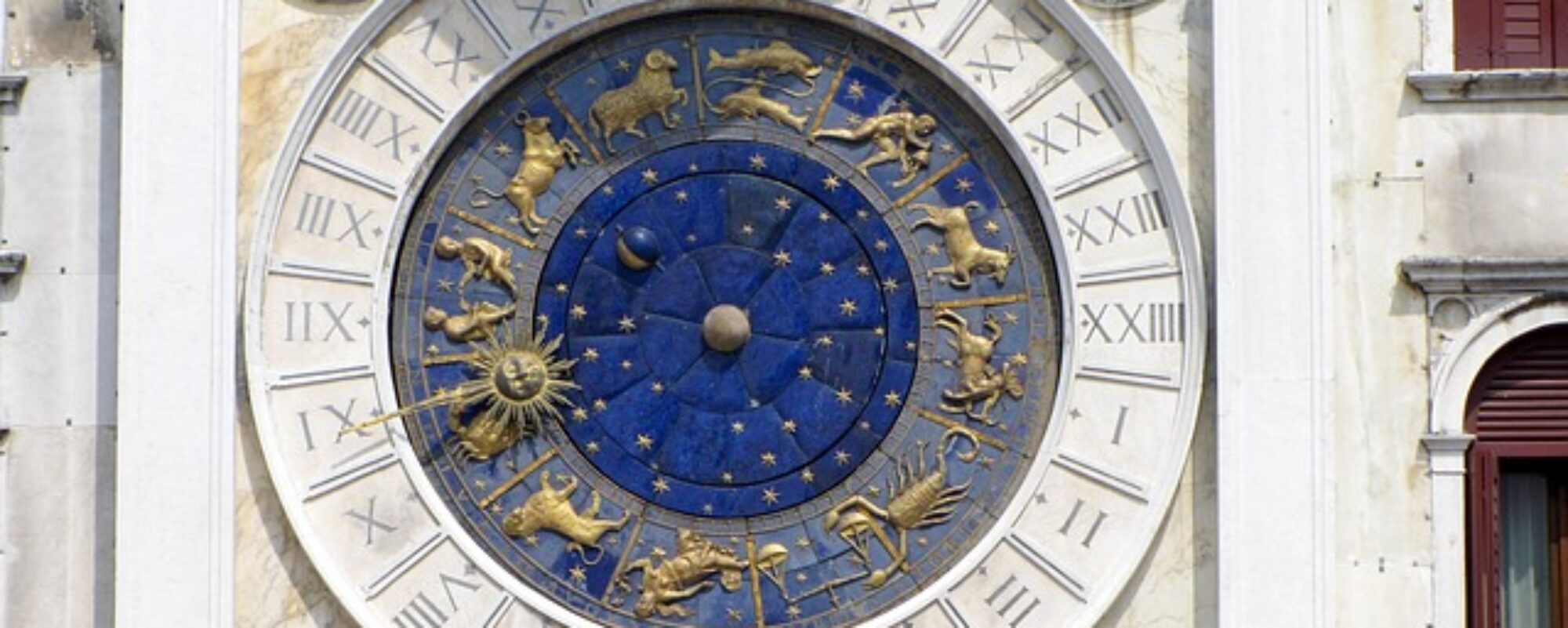On January 10, 2020, there will be a very small Lunar Eclipse. It will be visible in all of the Eastern Hemisphere, including Europe, Asia, Africa, and Australia. It will also be visible in Alaska, Greenland, the northern parts of Canada, and the westernmost tip of Brazil.
This will be a very small Appulse Lunar Eclipse, and it will be barely visible even at its maximum.
Chart Analysis for the Lunar Eclipse of January 10, 2020

In many ways, this chart looks similar to its paired eclipse, the Solar Eclipse of December 25, 2019. There is still a big build-up of planets in the sign of Capricorn. Saturn has moved into the same degree as Pluto, and the conjunction between these planets will be exact on January 12, 2020.
There is no consensus among astrologers as to the meaning of a Saturn/Pluto conjunction. Modern Psychological Astrologers and Evolutionary Astrologers will attach significant meaning to this transit. Strict Traditional Astrologers might ignore it completely.
There have been two Saturn/Pluto conjunctions since Pluto’s discovery in 1930. These occurred on August 10, 1947, and November 7, 1982.
My own view is that this conjunction can have meaning, but it does not have to. Pluto represents darkness and inversion of right and wrong. While this modern poison is prevalent in the world today, on an individual and corporate level, we can choose to avoid it.
The other key difference is that because this is a Lunar Eclipse, we are looking at a Full Moon rather than a New Moon. Full Moons occur when the Moon is opposite the Sun.
For more information on Lunar Phases, see this article.
The Moon is in Cancer, opposite the Capricorn pile-up of planets. This will soften the severity of Capricorn, and bring some balance to this chart.
Lunar Saros Series 144
Each Eclipse is part of a larger series of Eclipses, known as a Saros Series. These are Eclipses of the same nature that occur approximately 18 years apart. Saros Series are born, gain strength until they produce Total Eclipses, wane, and eventually die. The life span of a Saros Series is about 1200 years, give or take a century or two.
Lunar Saros Series 144 is relatively young. The first eclipse of this series occurred on July 29, 1749. Below is the chart for this eclipse:

There are some interesting Outer Planet configurations in this chart; however, the Eclipse occurred before any of them had been discovered. Whether or not the Outer Planets have meaning today, I don’t believe that they could have had meaning before they were discovered.
Aside from the Outer Planet transits, this chart looks relatively benign for an eclipse. There is a lovely trine (the aspect of harmony) between Mercury and Jupiter in Water Signs.
Mars is square Jupiter, which could be a tense aspect, but they are both in the late degrees of Mutable Signs, and so the influence of this aspect is dissipated. Overall, this does not seem to be a worrisome Saros Series.
This Series is still too young to have much in the way of history to review. It could be associated with some of the earlier financial crises in the United States, including the Great Depression. But it is more likely that these were due to the influence of the older Solar Saros Series that it is paired with, Solar Series 132, the series of the Solar Eclipse of December 25, 2019.
Recommendations
- As always, if you are in the path of this Eclipse, do your best to avoid its light. It will be barely visible in any case. Still, try to stay indoors with your shades or curtains drawn.
- Avoid dark or scary images if you can. Watch pleasant, happy things on TV, and try to fill your mind with beautiful images instead.
- Try to strike a balance between outside demands such as work or other responsibilities with appropriate self-care.

Reblogged this on dreamweaver333.